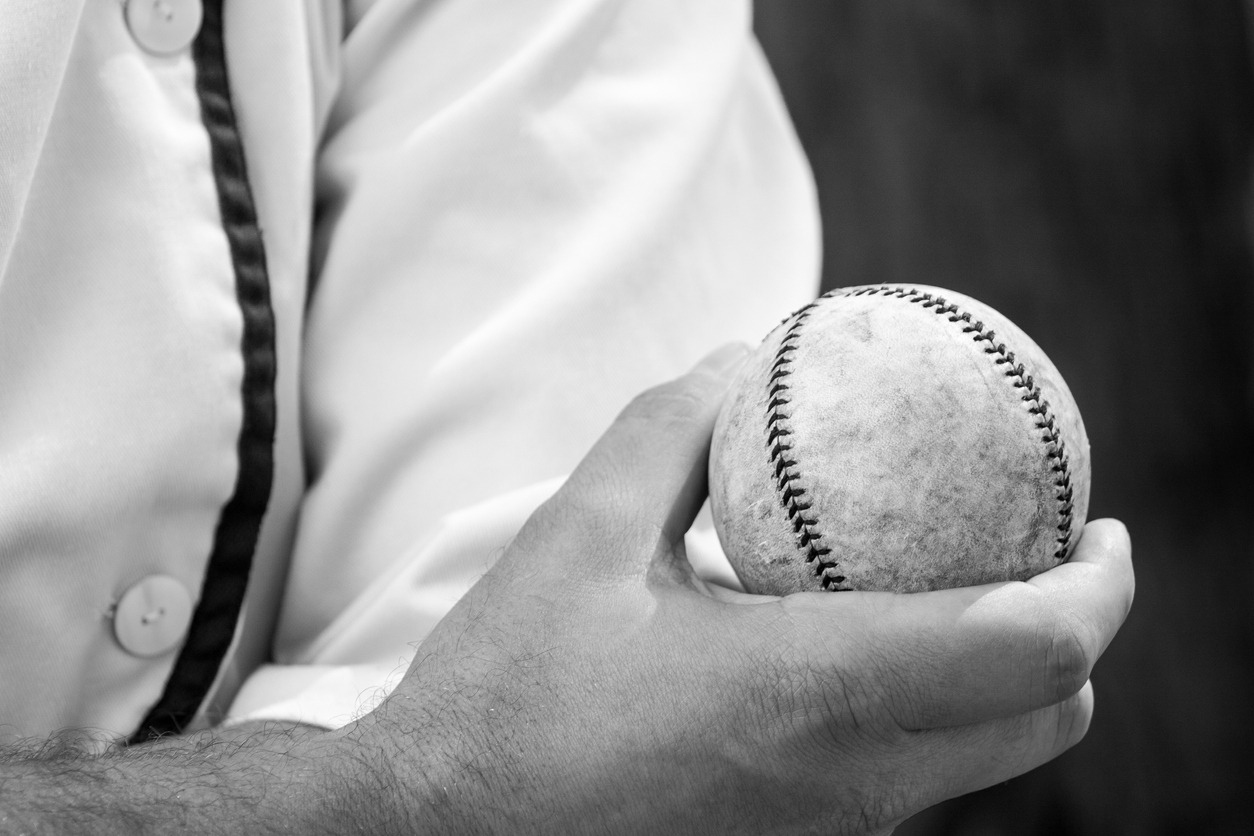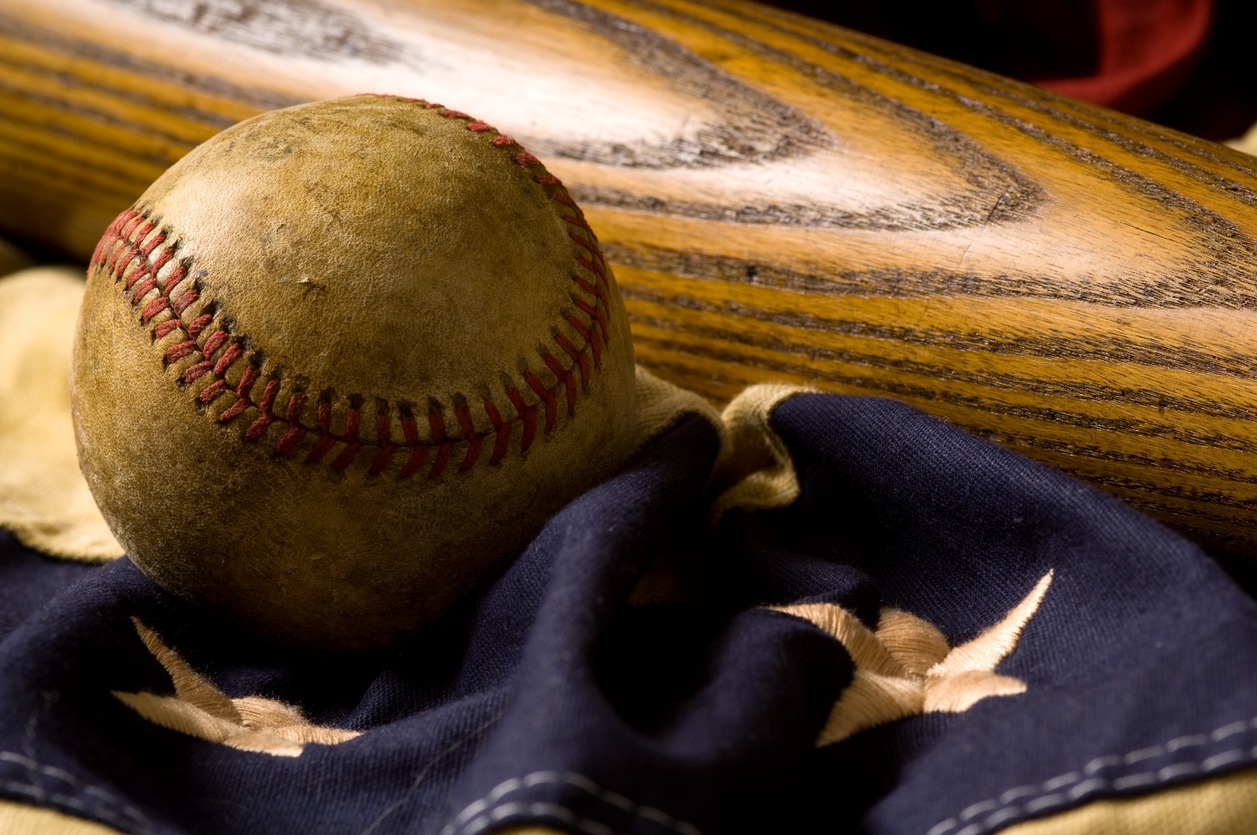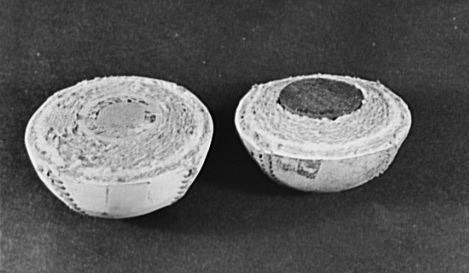Only a handful of other items in the world of sports are more iconic than the baseball ball. While the history of baseball is already fascinating, baseball ball also has its own history that sports enthusiasts celebrate.
Since the creation of the first commercial baseball ball was made in the 1850s, it has become an integral part of the sport and remained as one despite the many evolutions it underwent across the decades, eventually attaining an engrossing unification of beauty, form, and function. With that, it’s little wonder why the immaculate white baseball ball with the conspicuous red stitching is now used in Major League Baseball today.
In this article, let’s delve deeper into the history of the baseball ball and enrich your knowledge of the most essential equipment in the sport.
History Of The Ball
Baseball came in a wide array of shapes, sizes, and weights in the early days of baseball around the mid-1800s. There was no standard and the rubber core of early baseball was derived mostly from melted old shoes, which are then encased by yarn and leather. Some makers even used actual fish eyes (sturgeons), which are spongy and round, as the core of baseballs instead of using leftover rubber from old shoes.
With the variations in the nature of how baseball balls were made by hand and due to the separate developments in different regions, the variety was evident not only in shape, size, and weight but also in terms of designs. Such variations ranged from the core to the surface leather.
“Lemon peel ball” was among the more renowned earlier baseball designs characterized by a wound core wrapped in a single piece of leather trussed using four lines of stitching. Thus, the name. Compared to the baseball used today, these balls were smaller, softer, darker, and lighter. This caused the ball to have a higher bounce and travel further when hit, resulting in very high-scoring matches similar to the score recorded in a basketball game.
The first attempt towards standardization of the baseball ball happened in the mid-1850s when teams in the New York area tried to regulate balls, requiring them to weigh between 5.5 to 6 ounces and have a circumference ranging between 8 to 11 inches.
In the rest of the 1850s and throughout the 1860s, the rules of the sport continued to advance, and so did the baseball ball. As they were still mostly handmade, baseball balls came in many variations, such as ones the “live balls” and the “dead balls.” The former had more rubber in the core and a firmer winding, resulting in a faster ball that can go further. On the other hand, the latter had less rubber and didn’t travel that much. That was a known fact to players and teams by then. They capitalized on this knowledge and manufactured specific balls that best fit their strength and playing styles.
There is still no consensus among historians on who is the person behind the invention of the figure-8 stitching on baseball balls. Some regard the brainchild to be Ellis Drake. It was believed that Drake thought of the design by using scrap leather from his father’s work and used it to make a baseball ball with a sturdier cover.
However, there are also claims that the design was devised by Colonel William A. Cutler before selling it to William Harwood in 1858. Harwood was one of the country’s first baseball ball manufacturers. He popularized the figure-8 design and allowed its mass production through the nation’s first factory built for baseball production situated in Natick, Massachusetts.
Still, the baseball ball’s size and weight continued to vary in the early 1870s. Things changed with the creation of the National League (NL) in 1876. This time, standard rules and regulations were set to further standardize the game including having a standard ball.
In the same year, A.G. Spalding, a renowned pitcher from the Boston Red Sox, persuaded the league to use his ball as the standard ball of the NL. While he retired the same year NL was born, he had a fantastic record, securing 241 wins in 301 games in the span of only four years. His company became an empire, producing NL’s official baseball for a century.
In 1910, the sport saw the arrival of baseball balls with a cork core. Using cork gave these balls a more rigid structure and greater resiliency despite intense usage, allowing them to last longer than baseball balls with a rubber core.
Moreover, these cork-core balls were livelier, causing players’ batting averages to rise quickly. The catch is that pitchers immediately adapted and pulled out some tricks up their sleeves. Among these was the usage of the spitball, sanded balls, and scuffed balls, which had been prohibited by a rule change in February 1920, signaling the end of the “Dead Ball Era.”
Also in the 1920s, a few significant developments dawned on baseball balls. Machine winders were started to be used in making them, accompanied by higher quality yarn imported from Australia. Where there was no official proof that such changes influenced the game, the 1920s saw the offensive statistics jumping up, making players and spectators believe that the ball made a positive impact.
Baseball balls with “cushion cork” cores arrived in 1925. Milton Reach patented the design, characterized by a cork center encased by black rubber and an additional layer of red rubber.
Nine years later, the two leagues, American League and National League, finally agreed to standardize the ball. AL was then leaning towards live balls, while NL was favoring stiffer, looser balls. However, the standard ball agreed was one with a “cushion cork” center, two yarn wrappings, a layer of rubber cement, then another two yarn wrappings before being ultimately wrapped with a horsehide cover.
With the onset of the Second World War, the usage of rubber was prohibited for non-war-related commodities. With that, in 1943, manufacturers improvised by using latex derived from the shells of balata, a tropical American tree. Such changes caused hitting averages to dramatically plunge.
Thankfully, synthetic rubber was introduced the following year, allowing the manufacturing of baseball balls to go back to normal. With the regular ball, offensive statistics also normalized as well, along with the players coming back from active duty.
However, in 1974, cowhide, an abundant material, became widely used due to the shortage of synthetic rubber. In 1976, Major League Baseball switched to Rawlings, ending its 100-year relationship with Spalding. Rawlings continues to manufacture baseball balls for MLB today.
Takeaway
Nothing has changed much with the baseball ball after the compromise between the two leagues in 1934. Yet, it is still fascinating to know about its earlier history, which brought us the baseball ball we have today. It remains one of the sports world’s most ingenious inventions, molded by time, various rules and regulations, and different people, all for the improvement of the sport. Now, read more about the history of other baseball equipment and continue enriching your knowledge about baseball. Cheers!



